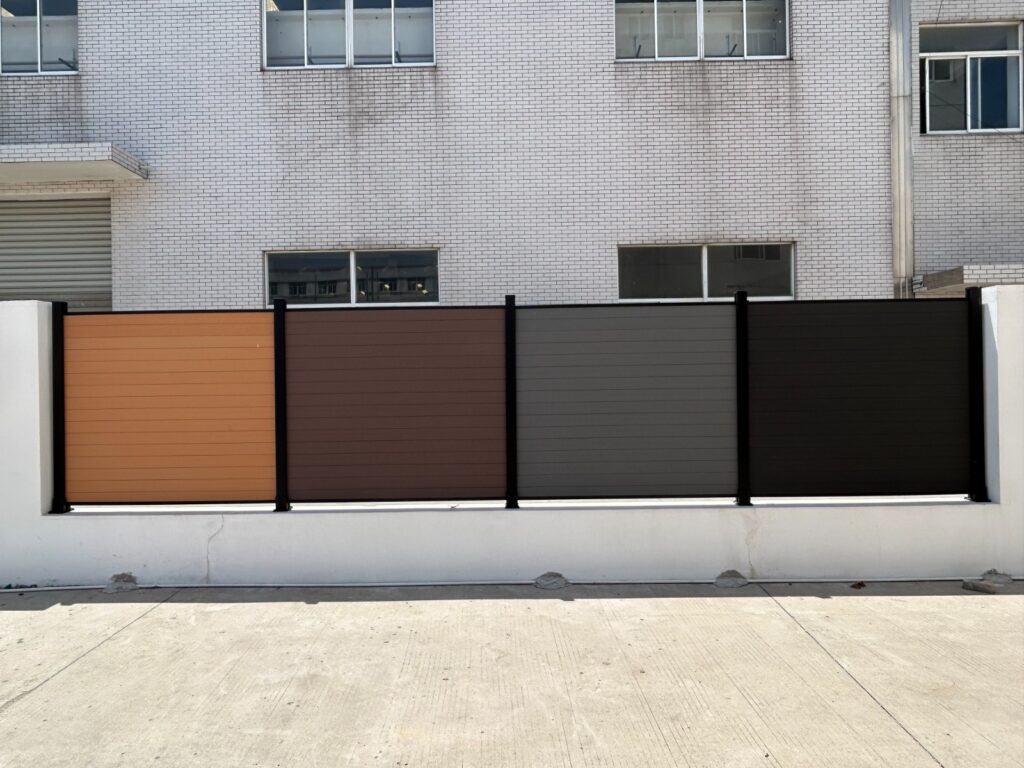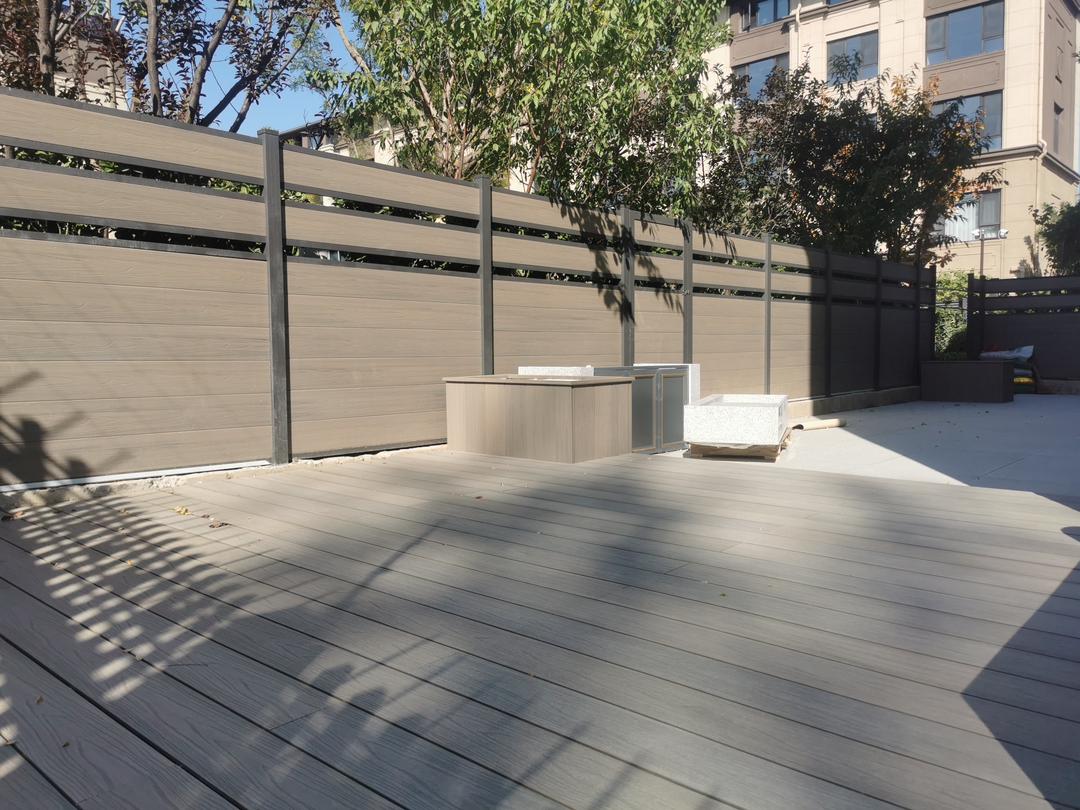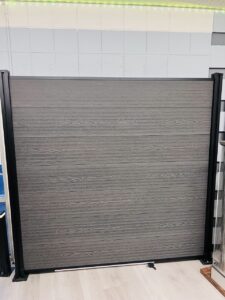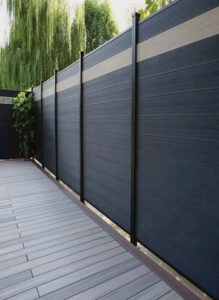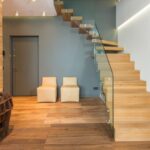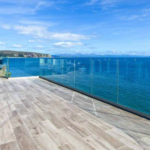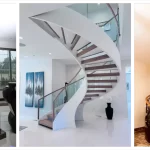Your fence is more than just a boundary; it’s a significant investment in your home’s privacy, security, and curb appeal. But in a place like San Jose, where the climate has its own unique personality, choosing the right fencing materials isn’t just about looks – it’s about longevity and performance.
San Jose is known for its warm, dry summers and mild, wetter winters, coupled with plenty of California sunshine year-round. These conditions can significantly impact how different fence materials age and hold up over time. Ignoring the climate can lead to premature fading, warping, cracking, or other issues that detract from your fence’s appearance and function.
So, how do you choose a fence material that will look great and last for years in the South Bay? This guide will walk you through the options.
Understanding Popular Fence Materials
Homeowners in San Jose and Fremont have several popular fencing materials to choose from, each with its own set of characteristics:
- Wood: A classic choice, offering natural beauty and versatility. Common types include Redwood, Cedar, Pine, and Spruce.
- Vinyl: A low-maintenance, durable plastic option available in various styles and colors.
- Metal: Includes materials like aluminum and wrought iron, often used for decorative or security fencing. You can learn more about Metal Fencing options.
- Composite: Made from a blend of wood fibers and recycled plastic, offering a balance of natural look and durability. Find out more about Composite Fencing.
Evaluating Materials Against San Jose’s Climate Challenges
San Jose’s environment presents specific challenges that your fence material needs to withstand:
- Intense Sun & UV Rays: The abundant sunshine can cause colors to fade, and some materials to break down or warp over time.
- Temperature Fluctuations: Impact of daily/seasonal temperature changes.
- Limited Moisture (Mostly Dry): Prolonged dryness can cause some wood types to shrink or crack if not properly maintained. While less humid than some regions, occasional rain still requires materials that resist rot and mold.
- Pests: Termites and other wood-boring insects are a concern for wood fencing in California.
Deep Dive: Pros and Cons of Each Material in San Jose
Let’s look at how each popular material performs specifically in San Jose’s climate:
Wood Fencing (Redwood & Cedar are Popular Choices):
- Pros: Offers a timeless, natural aesthetic that many homeowners love. Redwood and Cedar are naturally more resistant to rot and insects than other woods, making them better suited for the Bay Area climate. Can be stained or painted to match your home.
- Cons: Requires regular maintenance (sealing or staining) to protect against UV damage, moisture absorption, and drying out/cracking in the sun. Vulnerable to pests over time if not treated. Can warp or twist if not properly installed and cared for.
Vinyl Fencing:
- Pros: Excellent resistance to moisture, rot, and pests. Requires very little maintenance – just occasional cleaning. Doesn’t splinter or warp. Colors are generally stable, though quality varies.
- Cons: Can become brittle in extreme sun (though less common with quality vinyl), potential for yellowing or staining, less natural aesthetic for some. Can be more expensive upfront than some wood options.
Metal Fencing (Aluminum & Wrought Iron):
- Pros: Highly durable and provides excellent security. Aluminum is naturally rust-resistant and low maintenance. Wrought iron offers a classic, elegant look. Doesn’t block views, which can be desirable.
- Cons: Can rust (wrought iron needs treatment), less privacy, can be more expensive upfront. Aluminum, while durable, may not offer the same level of security as wrought iron or solid fencing.
Composite Fencing:
- Pros: Combines the look of wood with the durability and low maintenance of plastic. Resistant to rot, pests, and splintering. Often made from recycled materials, appealing to eco-conscious homeowners. Generally stands up well to San Jose’s climate.
- Cons: Can be one of the more expensive options upfront. Some early composite materials had issues with fading, though newer products are much improved. Can be heavy.
Maintenance & Longevity
The expected lifespan of your fence is closely tied to the material you choose and how well it’s maintained.
- Wood: With regular sealing/staining every 1-3 years, a quality wood fence (like Redwood or Cedar) can last 15-20 years or more. Without maintenance, its lifespan will be significantly shorter due to sun and pest damage.
- Vinyl: High-quality vinyl fencing can last 20-30 years or even longer with minimal maintenance.
- Metal: Aluminum fencing can last 25+ years with little maintenance. Wrought iron can last for decades if properly maintained and repainted as needed to prevent rust.
- Composite: Many composite fences come with warranties of 20-25 years and require very little maintenance beyond cleaning.
Cost Considerations
When budgeting for your fence, consider both the initial installation cost and the long-term maintenance expenses.
- Initial Cost: Wood fences can vary widely based on wood type, but some pine options might have a lower initial cost. Vinyl and composite tend to be in the mid to high range, while custom metal or premium wood like Redwood can be among the most expensive upfront.
- Long-Term Cost: Materials like vinyl and composite, while potentially more expensive initially, save money over time due to their low maintenance needs compared to wood which requires ongoing sealing/staining.
Aesthetics and Local Style
While climate is key for durability, the look of your fence matters too! San Jose neighborhoods feature a mix of architectural styles, and your fence should ideally complement your home.
Traditional wood fences (like dog-ear or picket) are classic. Horizontal wood slats or metal fences offer a more modern look. Vinyl provides a clean, consistent appearance that works well with many home styles. Decorative metal or custom doors and gates can add a touch of elegance and increased security to the entrance of your property.
Conclusion: Making the Best Choice for Your San Jose Home
Choosing the right fence material for your San Jose home involves balancing the impact of our local climate with your desired aesthetics, budget, and maintenance preferences. Wood offers natural beauty but requires care. Vinyl and composite provide low maintenance and durability. Metal offers security and classic styles.
Ultimately, the “best” material depends on your specific needs and priorities.
Ready to enhance your property with a new fence? Whether you’re leaning towards classic wood, modern vinyl, durable composite, or secure metal, our team understands the unique needs of San Jose homeowners.
Contact Ustairs today to discuss your fencing project and get expert advice tailored to our Bay Area climate.

